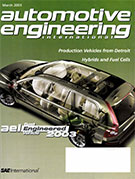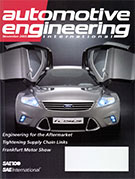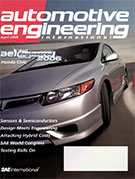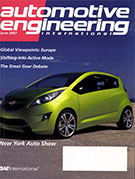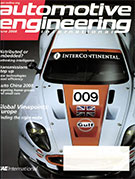Magazine

Aerospace & Defense Technology: February 2015
2015-02-02
Wireless sensing--the road to future digital avionics A look at the comparative performance of wired and wireless sensors, type of wireless sensors & interfaces, frequency performance, protocols, network topologies and qualification standards. Testing reality in an increasingly complex design space Digital simulation tools have transformed the designing and testing of new airplanes, as well as the way they are manufactured and sustained.








